
Five minutes before its scheduled departure at 6.16am, the Hokuriku Shinkansen pulls into Tokyo Station — with absolutely no right to look this good so early in the morning. The rising sun, splintered by a hundred office windows, dances on the blue and gold of the train’s arcing, aquiline nose cone. The carriages, gleaming in pearl white and shaped by the man who designed the Ferrari Enzo, come to a millimetre-accurate stop at the platform gates. Doors slide apart to the welcome of soft reclining seats, inviting you to sit down, open a perfect egg sandwich bought on the platform, and enjoy it at 260km/h.
On Tuesday, Japan will celebrate the 60th anniversary of the first bullet train’s inaugural journey. It’s also three decades since my first shinkansen experience but 10 minutes into my trip from Tokyo to Nagano it all still feels a bit like cheating. There’s a nagging sense that I am exploiting the obsessiveness and largesse of a benevolent maniac. Japan, in its glorious, gadgety folly, has decided it must have this extraordinary thing, and it’s joyously ours not to reason why. It really shouldn’t be possible, for less than £42, to travel 200km into the mountains in this style, in a vehicle of this exquisite grace, at this speed, at this smoothness, in a system this supernaturally efficient and with so very little fuss.
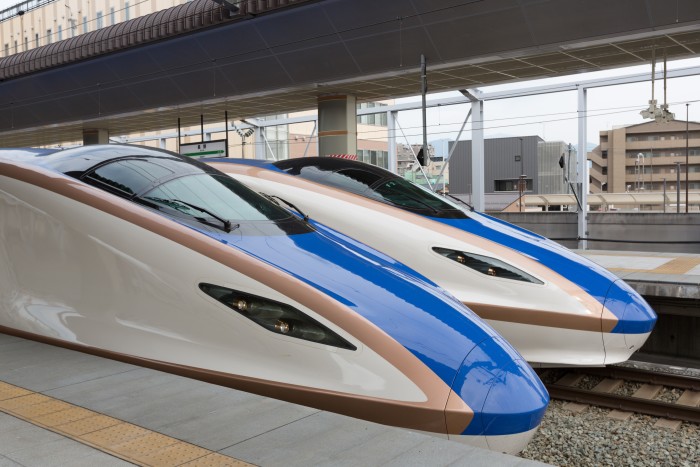
The train leaves central Tokyo. Then slips out of its immense suburban splurge with a progression of views that cannot ever tire because of how constantly Japan’s architecture is built, torn down and renewed. Look, and you will always see something new. After Oomiya, in northern Saitama prefecture, the tunnels that make all this straight-line speed possible begin to carve their way into ever longer stretches of mountain.
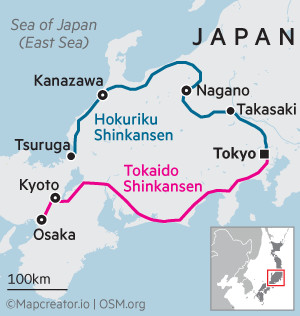
For all the external hurtle, the interior is calm. People are talking, but are doing so at a volume calibrated to minimise any bother to other passengers. A young woman in a suit breaks away from her companion to take a mobile call in the corridor. A few years ago, some bullet train operators started talking about the need for “office carriages” so that business passengers could type away on laptops without the appalling din of the keystrokes disturbing neighbours. My coffee barely ripples as the train slices into the darkness of the mountains, and I drift into a traveller’s doze.
I have chosen the short Tokyo to Nagano journey for both practical and emotional reasons. At 8am, I am meeting the manager of a venture capital fund who decided, even before the pandemic made this sort of relocation more common, to swap the throb of Tokyo for mountain air, a long skiing season and the proximity of the world’s finest miso factories.
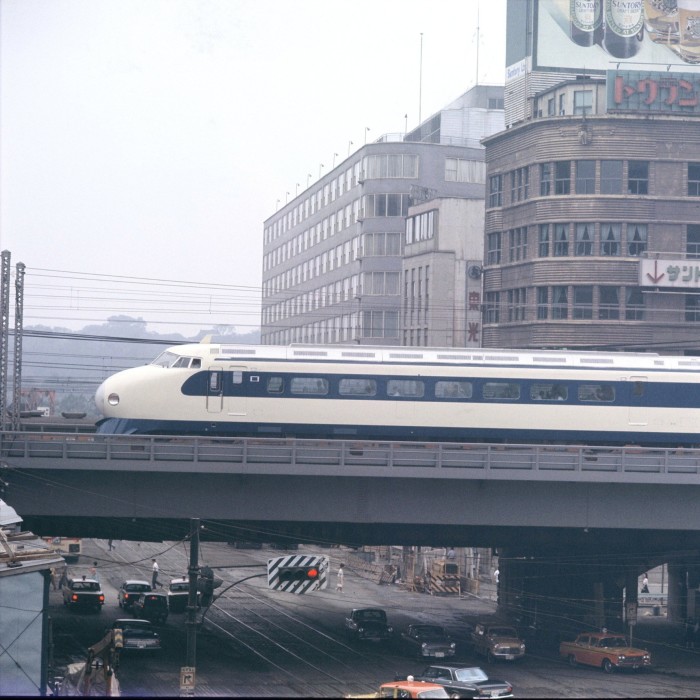
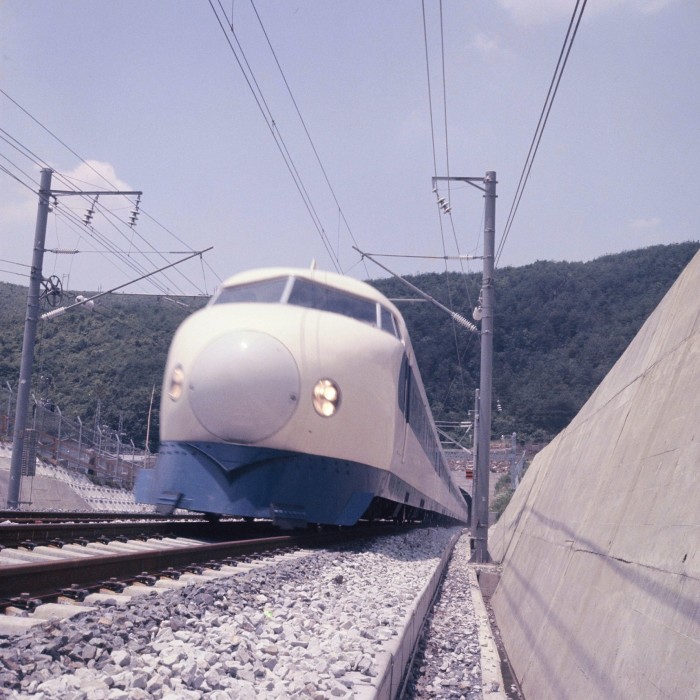
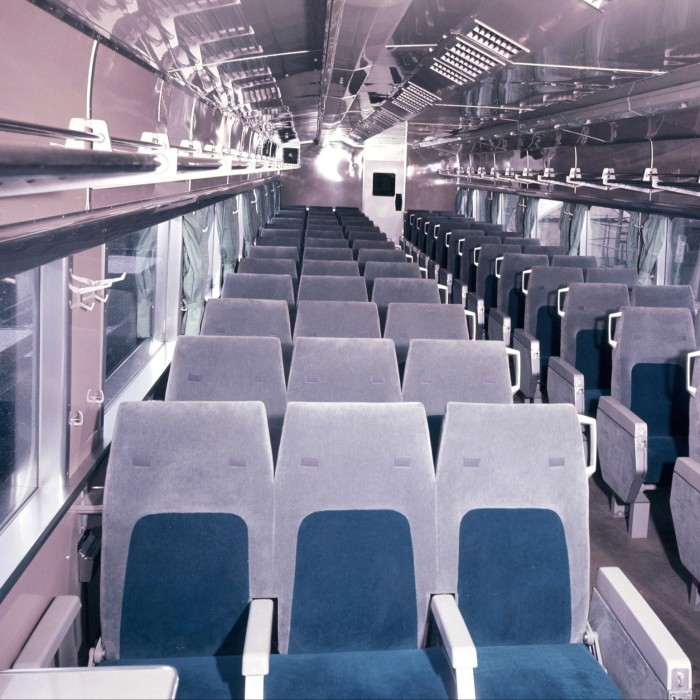
The shinkansen, playing the facilitating role it does — and always has — for so much of Japan, made his move perfectly reasonable. If he suddenly needs to be 200km away in Tokyo for something urgent, there is reliably a high-speed train every half-hour that will take him there in a little over 70 minutes.
Equally, the shinkansen’s most impressive magic is that my punctual, pre-breakfast skim to Nagano barely feels noteworthy. Japan has gone for an image of nonchalant supremacy in its high-speed trains, and succeeded spectacularly. The 6:16am train is busy, but not crammed, with business folk and foreign tourists. It is mainly populated, though, by that huge hinterland of Japanese conditioned to see high-frequency, high-speed rail as something close to a human right, relishing their station-bought bento boxes and on the move this morning for a million unguessable reasons.
But the other cause for choosing this particular journey to celebrate the anniversary of the bullet train is my own history with it. The Tokyo to Osaka line — the route that launched the concept on the world and crystallised Japan’s sense of its postwar self — opened in 1964, just ahead of the equally nation-defining Olympic Games in Tokyo that same year.
The modern histories of Japan, which I devoured so hungrily as a student in the 1990s, rightly made a very great deal about this pair of events: a powerfully alluring explanatory duo whose shining moment as symbols of Japan’s great postwar resurrection happened, annoyingly, well before I was born.
But in 1998, now fighting the suspicion that it was squelching irretrievably in the mire of an economic “lost decade”, Japan took another shot at glory: the Winter Olympics in Nagano and, to complete the historic echo, a newly opened bullet train that would eventually connect the capital with the host city. I travelled on this train (at the time only running between Takasaki and Nagano) early that year, eager to ride the newest line and see the preparations for the Games: a participant, at last, in a piece of living Japanese history.
Some 26 years later, this much longer Hokuriku line — now extended into a great sweeping semi-circle that rises from Tokyo up to the Sea of Japan and then along its coast, is still in the news. A new extension, at its far western end, opened this year and adds the town of Tsuruga to the route. Grand plans for the future — and we are talking decades of proposed construction here — will see the route extended still further down to Osaka.
In 1964, the first shinkansen ran at up to 210km/h, on 550km of high-speed track. Today the network has extended to cover almost 3,000km and the fastest train, the long-nosed metallic green Hayabusa, reaches 320km/h.
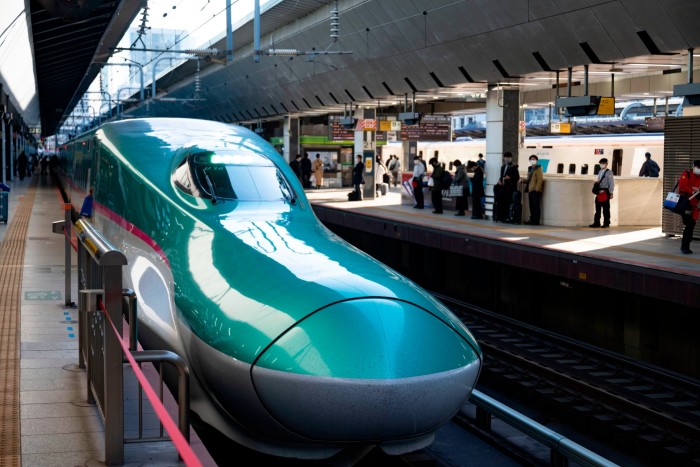
The long-termedness of the vision, when you look at the current and future shinkansen routes overlaid on a map of Japan’s central island of Honshu, is astonishing. By the middle of the century, according to this blueprint, Japan will effectively have a shinkansen “circle line” running over 1,500km in a mighty loop of high-speed rail: west out of Tokyo to Kyoto and Osaka, north to Nagano and Kanazawa, but eventually joined.
And it takes something much more than a large budget, cheap debt and fierce ambition to want to do this. In its 60 years of service, the shinkansen has allowed Japan the conviction — often in the face of economic stagnation and decline — that it is fundamentally still a “can do” culture. Tourists may be arriving and using the train in their millions but Japan’s native population is shrinking, ageing and, as the ratio of over-65s nears 30 per cent, becoming less mobile. The geography of its economy is contracting too as the younger population gravitates towards the larger cities and business closures fall heaviest on small rural towns. Logically, these megaprojects should be in decline.
But for all its intensely practical importance as a connector of industrial centres and an arch logistician of human movement, the shinkansen continues to play a role as an ideological encapsulator of Japan’s sense of what it is and what it should ideally strive to be. There has never been a fatal accident. Average annual lateness across the JR Central network is 1.6 minutes. When the natural world forces the shinkansen to stop, you know conditions are genuinely bad.
The shinkansen has achieved that in a couple of important ways. The first is that, despite the appearance of effortless perfection of service, punctuality and performance, Japan knows full well that everything is, in fact, attributable to unstinting effort. It is no coincidence that, in the same year it opened the shinkansen, Japan Railways invented an alarm clock for its staff which could not, under any circumstances, be slept through (thanks to an inflatable balloon under the mattress).
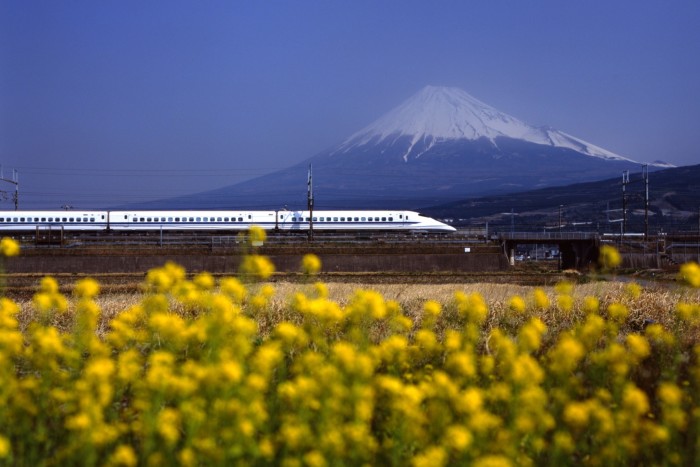
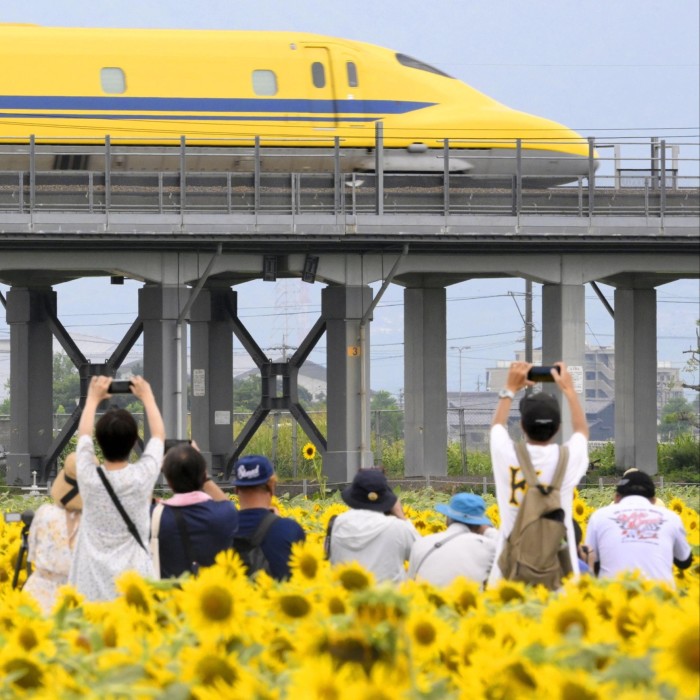
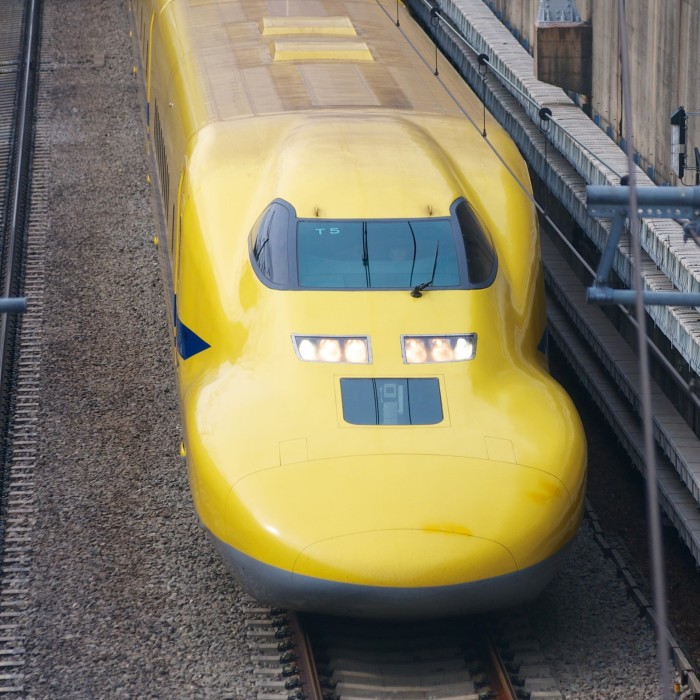
A second key factor is in the remarkable power of the bullet train to geekify almost anyone. Japanese are, by reputation, susceptible to this. But the truth is that we all are, in the face of industrial artistry on this scale. You can legitimately claim not to be interested in the technical details of the Kawasaki Heavy W series train, and may, indeed, not care about its advantages over the E Series. But a first close-up encounter with a shinkansen gliding into Tokyo Station; a first glimpse of Mount Fuji from the window of the Nozomi as the rice fields in the foreground blur; that gentle ear-pop as you fly from a tunnel while buying an ice cream from the snacks trolley — this is how geeks are made.
I am awake again 15 minutes before Nagano, entranced once more by the suddenness with which Japan becomes alpine. We alight to a different temperature, a different smell and, in a true gauge of the distance travelled, a different drinks selection in the vending machines. The shinkansen — more so than any other form of transport and by dint mainly of how stupendously easy Japan has made it to access — is the closest we will ever come to a teleportation machine.
Leo Lewis is the FT’s Tokyo bureau chief
Find out about our latest stories first — follow FT Weekend on Instagram and X, and subscribe to our podcast Life & Art wherever you listen

